1 Sen Coin from 1883
This is a beauty of a coin from back almost 150 years ago in 1883. A one sen coin:
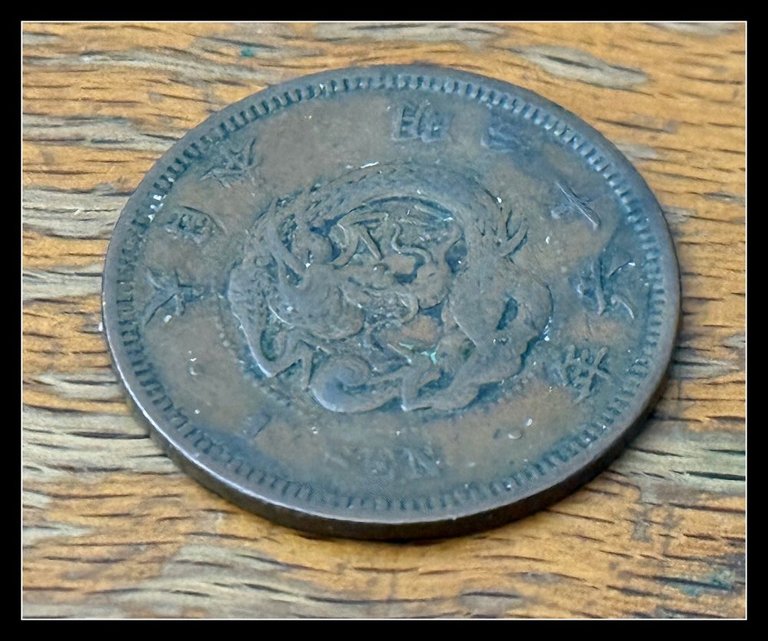

Japan hadn't been on their new currency system for that long at the time, having only switched from the Tokugawa coinage to a more modern decimal baed system in 1871.
The yen was set to be equal to the US dollar. The sen (銭) was 1/100th of a yen, making it equal to a US cent. There was also the rin (厘), set at 1/1000th of a yen. I have yet to pick up any of the rin coins. One of these days I'll get some.
Anyway the sen. It was made of copper, so after so many years in circulation, it's kind of hard to see details. But we can at least make out a dragon on one side and a wreath on the other—one arm of which is a chrysanthemum and other other branch a paulownia. Above the wreath is a stylized chrysanthemum flower, the symbol of the imperial house.
This particular design was used from 1873 to 1892, after which the dragon was replaced by a sunburst. From 1916 until 1938, it was changed to brass and to this design:
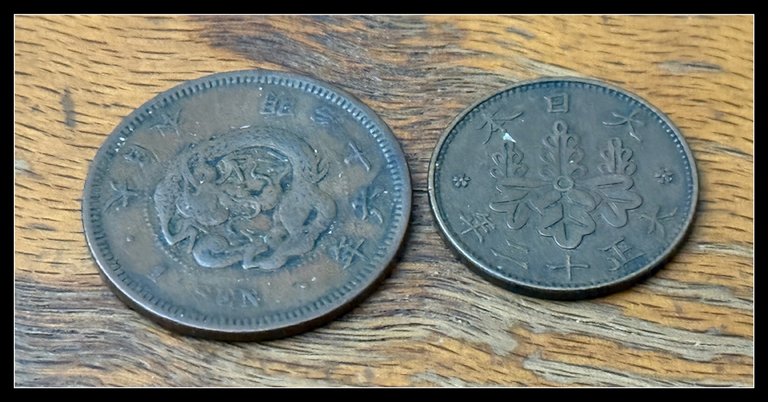
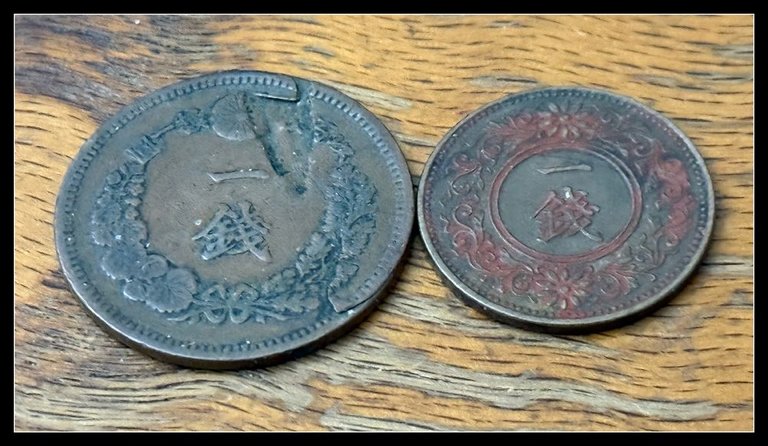
That one is ok, but the dragon one was the best. It was called the rising sun dragon (旭日竜, asahi ryū) and it was used on all the coins or the era. It was phased out around the time of the First Sino-Japanese War because the dragon was thought to be too Chinese and they wanted something more Japanese.
The dragon sen is a fairly hefty coin, coming in at about 7.13 g, with a diameter of 28 mm and a thickness of 1.6. For comparison, here it is with the US penny.
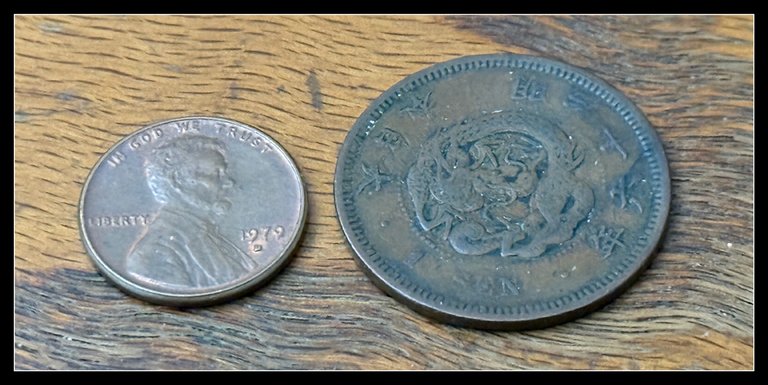
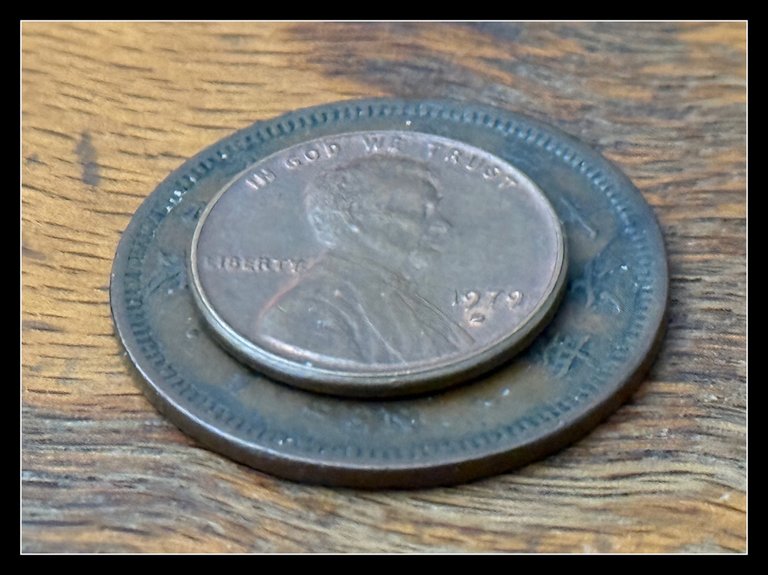
This particular one I have seems to have seen some damage at some time in the past. Looks like someone hit it with a hammer and chipped off a piece or something.

The date reads 明治十六年 (meiji jū roku nen, "Meiji Year 16") which is the Japanese way of writing 1883. The other text on that side is 大日本 (dai nippon, "Great Japan")

The wreath side has 以百枚換一圓 at the top. Historically, this would have been read as i hyaku mai kan ichi en, but in modern Japanese, it would more likely be written as hyaku mai o motte ichi en ni kaeru. Either way, the meaning is "One hundred of these coins can be exchanged for one yen".

Adjusted for inflation, 1 sen in 1883 would be around 30 US cents today. But these official CPI numbers are not all that accurate. The buying power at the time probably would have been closer to a bucks or two, making this more similar to a modern dollar coin.
Then again, a room in an inn back then might have only been a few sen. You see, estimating buying power isn't easy since the values of different services inflate differently. Thinking of it as a few bucks is probably the best image.
So you see, this would have been one of the most used coins around at the time. This one I have would appear to have certainly seen a lot of use.
To modern collectors, then dragon 1 sen coins might go from anywhere from a buck to $10. They can, of course, go for more for highly graded copies.
I'd love to get more of these!
❦
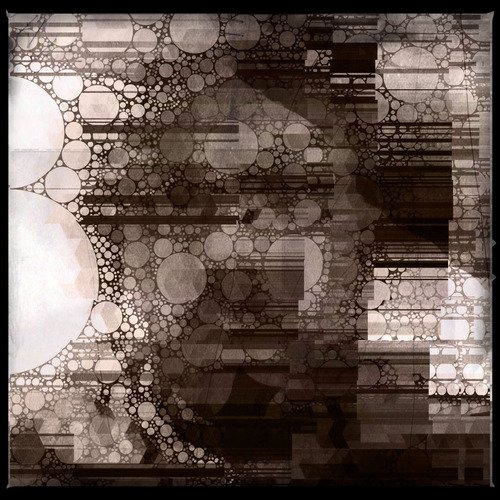 |
David is an American teacher and translator lost in Japan, trying to capture the beauty of this country one photo at a time and searching for the perfect haiku. He blogs here and at laspina.org. Write him on Twitter or Mastodon. |
You received an upvote of 73% from Precious the Silver Mermaid!
Thank you for contributing more great content to the #SilverGoldStackers tag.
You have created a Precious Gem!
I love that coins last in a society where stuff is made to fall apart precious metals just hit different.
Yep, I know exactly what you mean!
These photographs are striking, David.
The coins are gaining value of various kinds as they become part of the history of the people.
Thank you for sharing this post, @dbooster
Glad you enjoyed it!
That's like Back to the Future 3 times! Very cool!
Where we're going, we're not going to need any roads! ...because it's early modern Japan, and there are no paved roads yet.
lol! 😀
David I always enjoy and look forward to your posts and history lessons that go with them. Next time I talk to my coin dealer I need to see what they have in regard to Japanese coins and hopefully purchase one or two. Then maybe you can help me figure out alll the specs on it.
Glad you enjoy the posts! Sure, if you get any, be sure to show them and I'll help out as much as I can.
Kwang Tung Province China
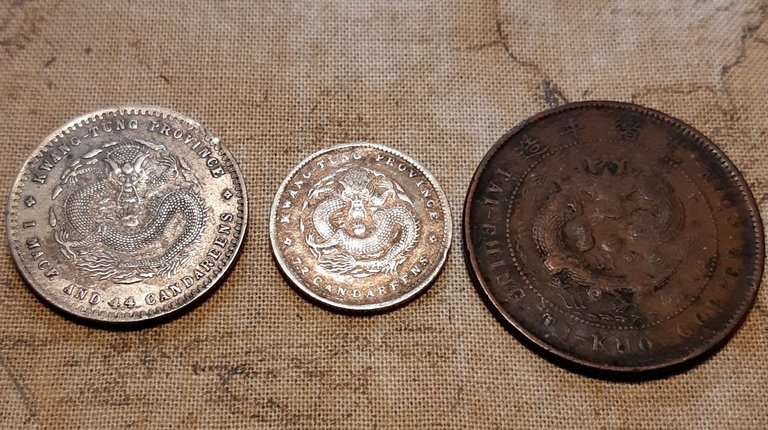
I can see that the Japanese would prefer to make their coins more distinct from the Chinese coinage.
Yeah, exactly. The dragon felt a little too Chinese so they moved away from it shortly after this.
It's beautiful and it has a rich history. I love it !BBH
Glad to hear it!
Thank for showing us this 1 Sen Coin from 1883!
I learned something new!
!LADY
View or trade
LOHtokens.@silversaver888, you successfully shared 0.0100 LOH with @dbooster and you earned 0.0100 LOH as tips. (20/50 calls)
Use !LADY command to share LOH! More details available in this post.